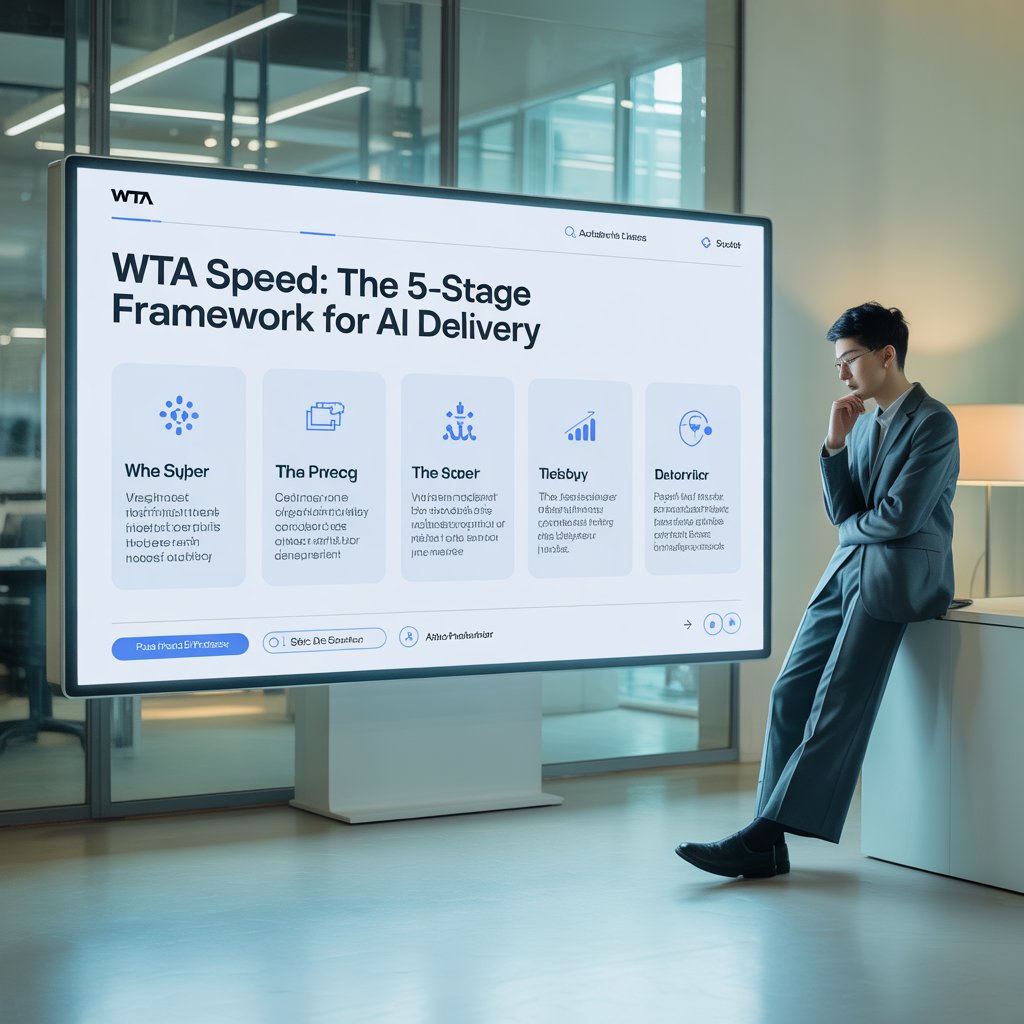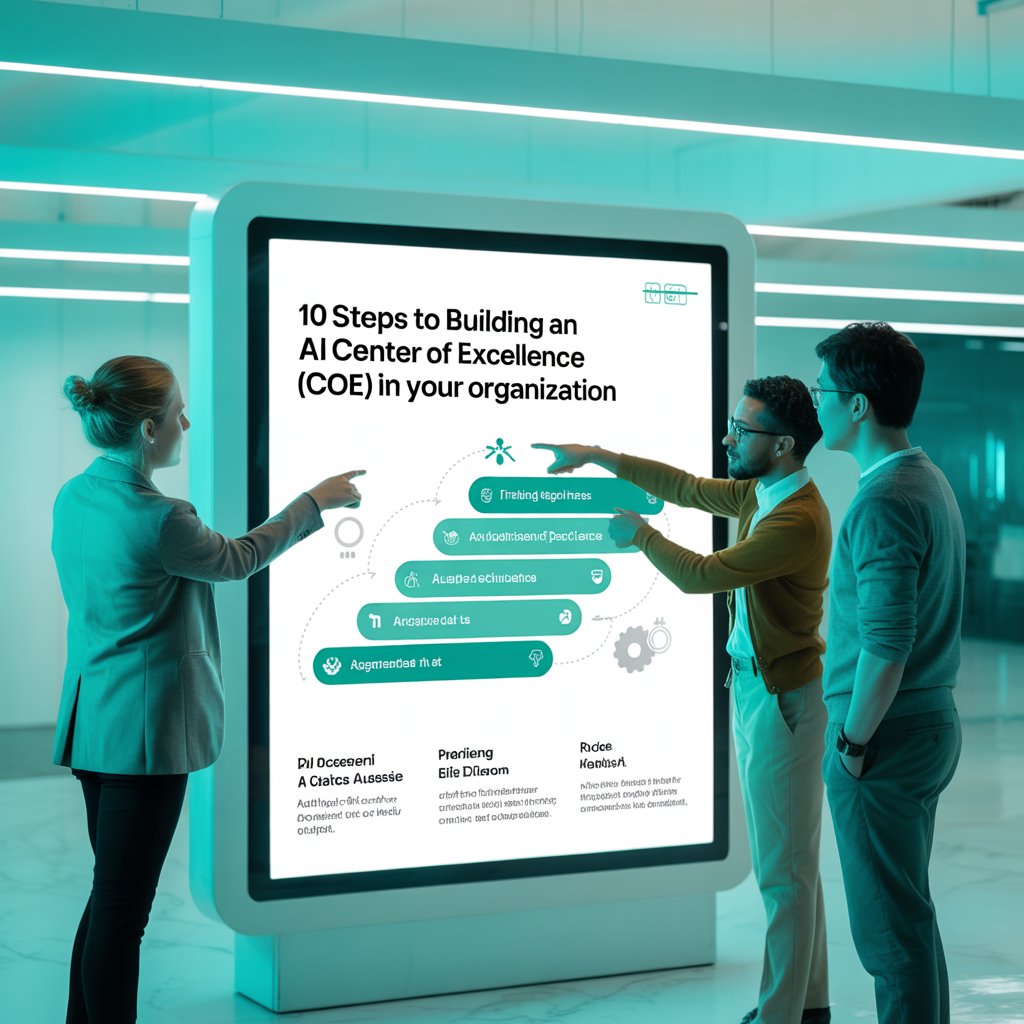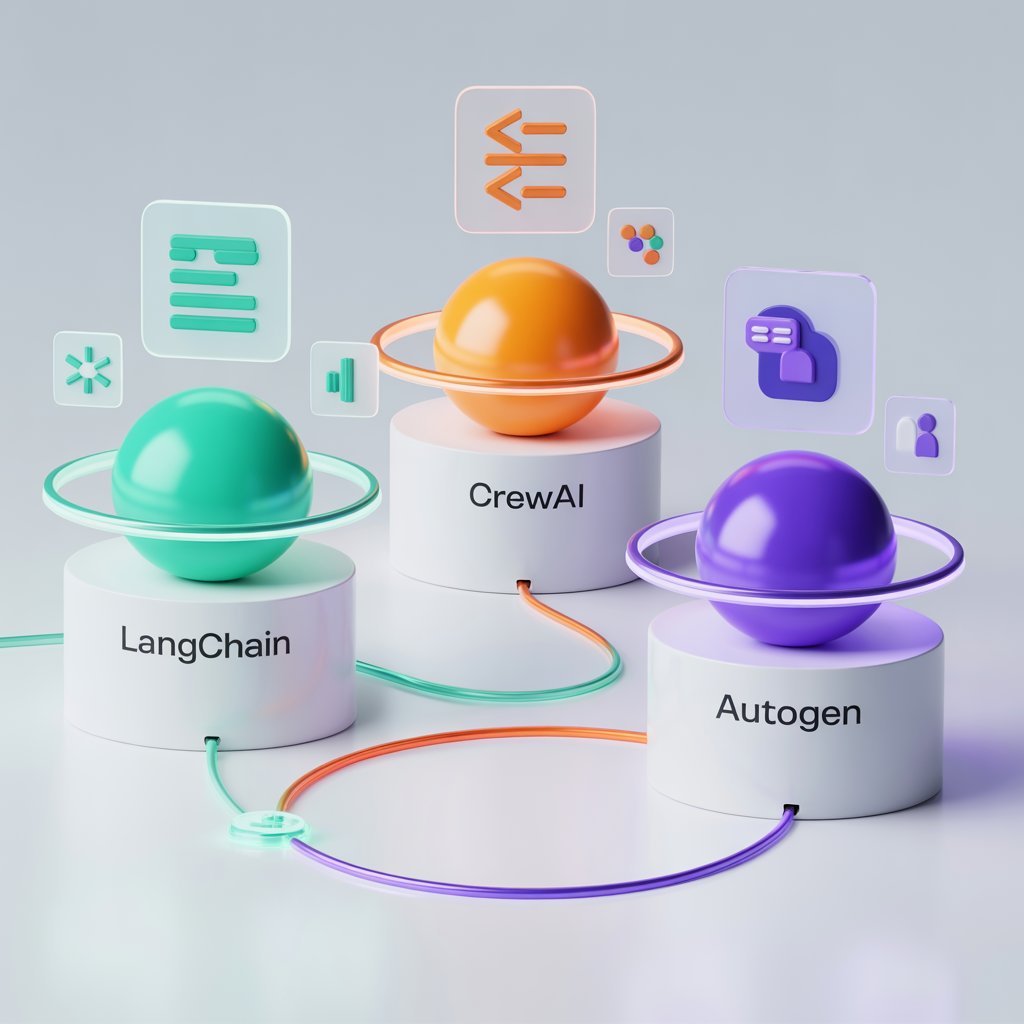Delivering AI projects at enterprise scale requires more than technical expertise it demands a structured, repeatable process that balances speed, governance, adoption, and business alignment. Too often, organizations either rush into pilots that never scale or get bogged down in lengthy planning cycles that stifle innovation. To address this, We Think AI (WTA) has developed a proven methodology called SPEED, a 5-stage framework designed to accelerate AI delivery while ensuring compliance, scalability, and measurable business outcomes.
SPEED provides a roadmap for moving from ideation to production in a way that reduces risk, optimizes ROI, and ensures AI systems remain ethical and sustainable. By breaking delivery into stages Strategy, Platform, Experimentation, Enterprise Integration, and Delivery & Scale organizations gain both clarity and confidence in their AI transformation journey.
This blog explores the five stages of SPEED, sharing examples, practical tips, common pitfalls to avoid, and insights into how enterprises can unlock AI’s potential responsibly and sustainably.
Stage 1: Strategy Alignment
Before building anything, organizations must define why they are investing in AI and what success will look like from both business and technical perspectives.
- Align AI initiatives with corporate goals such as revenue growth, operational efficiency, regulatory compliance, or customer experience transformation.
- Identify high-impact use cases that balance feasibility, scalability, and ROI across different departments.
- Define KPIs that measure not only technical performance (accuracy, latency, precision) but also business outcomes (cost savings, productivity, satisfaction scores).
- Secure executive sponsorship to ensure budget allocation, visibility, and long-term organizational support.
- Map risks ethical, regulatory, reputational, or operational and build mitigation strategies into the plan.
- Consider long-term scalability early, ensuring that the initial strategy can support broader adoption down the line.
A retail enterprise prioritizes predictive inventory management as its first AI project, aligning directly with its broader strategy to reduce supply chain costs, minimize waste, and avoid lost sales.
Stage 2: Platform & Data Foundation
With a strategy in place, the next step is to establish a robust and future-proof foundation for AI operations.
- Assess existing data infrastructure, identifying gaps in quality, availability, accessibility, and governance.
- Implement modern data architectures such as data lakes, feature stores, and vector databases for scalable and flexible access.
- Choose the right platform mix cloud, hybrid, or on-prem depending on compliance, security, performance, and cost requirements.
- Standardize MLOps pipelines for reproducibility, continuous integration, monitoring, and lifecycle management.
- Prioritize data security with encryption, access controls, anonymization, and privacy-by-design principles.
- Ensure interoperability between data systems to break down silos and encourage collaboration across departments.
- Implement robust lineage and metadata management to ensure all data sources are traceable and auditable.
A healthcare provider builds a HIPAA-compliant data lake to securely centralize patient records, enabling advanced analytics and AI-driven clinical insights without compromising patient privacy or regulatory standards.
Stage 3: Experimentation & Prototyping
This stage emphasizes fast iteration and early validation to ensure organizations don’t scale the wrong solutions.
- Build rapid prototypes or proof-of-concepts (POCs) for prioritized use cases, focusing on delivering a minimal viable model (MVM).
- Conduct experiments with limited datasets, sandboxes, or controlled environments to test technical feasibility.
- Incorporate human-in-the-loop validation to minimize risks, catch blind spots, and ensure accountability.
- Capture lessons learned in a structured way to refine both models and delivery processes for future iterations.
- Foster a culture of experimentation by encouraging cross-functional collaboration between data scientists, engineers, compliance teams, and domain experts.
- Compare multiple approaches in parallel (e.g., neural networks vs. gradient boosting) to identify the best-performing strategy.
A financial institution prototypes an AI-powered risk scoring model on a limited dataset. After testing its predictive accuracy and bias levels, they refine the model architecture and governance approach before integrating it into loan approval workflows.
Stage 4: Enterprise Integration
Once validated, AI solutions must be embedded into business workflows to deliver sustained value.
- Connect AI systems to enterprise applications (ERP, CRM, HRM, and other operational platforms).
- Implement APIs, orchestration layers, and compliance guardrails to ensure smooth interoperability.
- Test at scale, stress-testing for reliability, latency, failover mechanisms, and resilience under real-world conditions.
- Provide comprehensive training, documentation, and change management programs to drive adoption among staff.
- Monitor adoption rates and user satisfaction continuously to refine integration strategies.
- Create cross-functional champions within business units to advocate for adoption and reduce resistance.
A logistics company integrates a route optimization AI into its fleet management platform. By feeding real-time traffic and weather data into the system, it reduces fuel costs by 15%, increases on-time deliveries, and ensures regulatory compliance.
Stage 5: Delivery & Scale
The final stage focuses on scaling AI responsibly and sustainably across the enterprise.
- Transition from pilots to enterprise-wide deployments using phased rollouts and structured adoption plans.
- Monitor performance continuously, tracking both technical KPIs and business ROI with dashboards accessible to leadership.
- Regularly retrain and recalibrate models to address drift, bias, or the emergence of new data sources.
- Embed governance frameworks that cover security, ethics, transparency, auditability, and cost optimization.
- Scale horizontally by replicating successful use case patterns across departments, and vertically by deepening adoption in existing functions.
- Establish ongoing communication with stakeholders to maintain trust and show measurable business impact.
- Build a Center of Excellence (CoE) to oversee ongoing AI delivery and institutionalize best practices.
A telecom company scales its AI-powered customer support assistant across multiple channels, including call centers, chatbots, and mobile apps. By continuously retraining it on evolving FAQs and customer needs, the company reduces average call handling time by 30% while increasing customer satisfaction and first-call resolution rates.
Why SPEED Works?
The SPEED framework balances innovation and discipline, ensuring enterprises don’t get trapped in endless pilots or expose themselves to unmanaged risks. It avoids the extremes of “too fast without governance” and “too cautious without impact.” By structuring delivery into five stages Strategy, Platform, Experimentation, Enterprise Integration, and Delivery organizations achieve:
- Faster time-to-value and quicker feedback loops.
- More substantial alignment with long-term business strategy and measurable ROI.
- Scalable, compliant AI systems that can withstand audits and evolving regulations.
- Higher adoption rates occur when employees and customers see tangible benefits.
- A culture of learning, where experiments feed into enterprise knowledge.
It also creates a repeatable model: once organizations have executed SPEED for one use case, they can apply the same framework for dozens more, accelerating enterprise-wide transformation. This repeatability reduces costs, increases reliability, and enables a more predictable path to AI maturity.
Conclusion
AI delivery at scale requires more than cutting-edge models it requires a methodology that harmonizes business goals, data readiness, governance, and technology execution. WTA’s SPEED framework provides enterprises with a tested playbook for moving from ideas to real-world impact quickly, responsibly, and sustainably.
By adopting SPEED, organizations reduce risks, improve agility, and unlock the transformative potential of AI in a way that is measurable, ethical, and resilient. The framework equips enterprises not only to build AI projects but to scale them into enterprise-wide capabilities that redefine competitiveness.
Ready to accelerate your AI journey? Discover how WTA's SPEED framework enables your enterprise to deliver scalable, responsible, and high-impact AI solutions that drive measurable business results.



.svg)
.svg)
.svg)
.svg)
.svg)
.png)














.png)